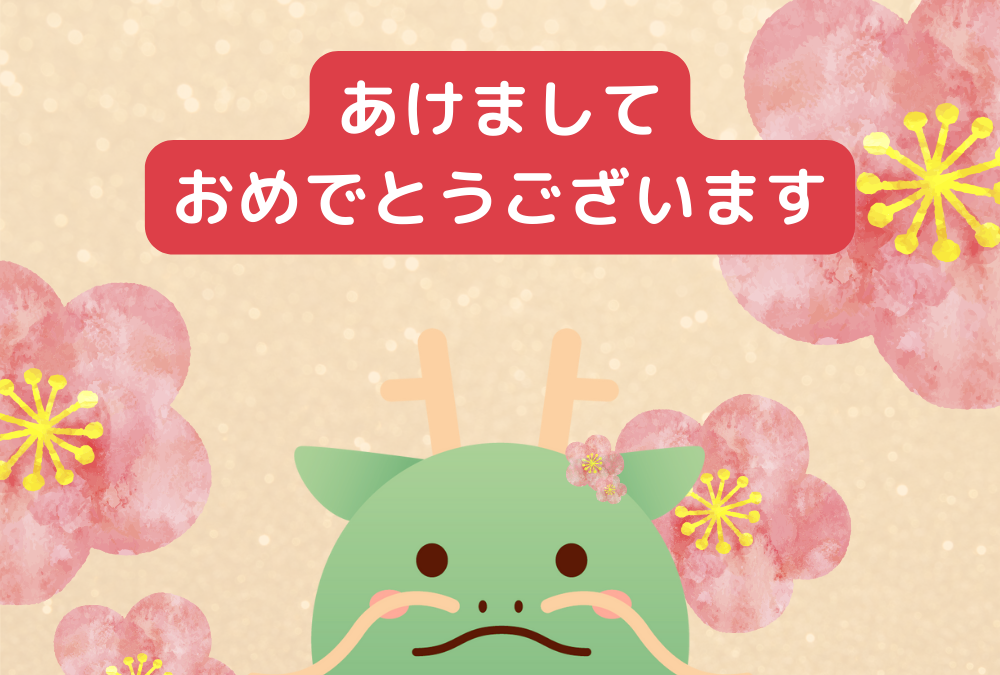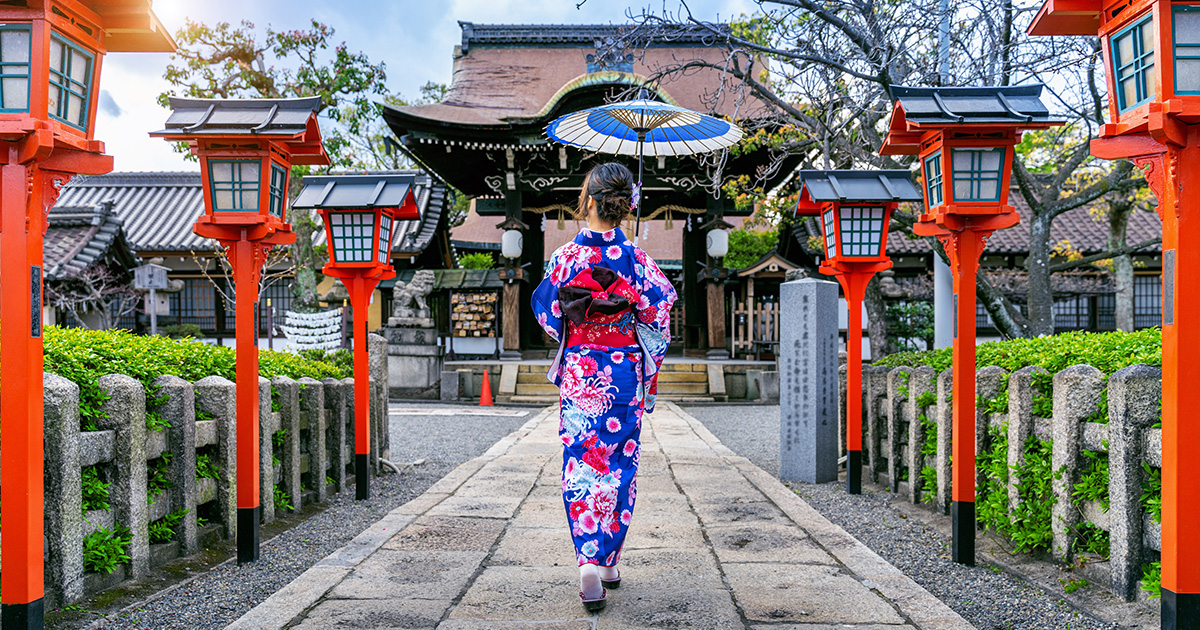Happy New Year!
Let’s celebrate Oshogatsu, the beginning of new year! I will introduce various things related to Japan and Japanese language study on this blog throughout the year, so Kotoshimo Dozo Yoroshiku Onegaishimasu!
In the first post of the New Year, I would like to introduce you to the Japanese New Year!
Japanese New Year’s Greeting: “Akemashite omedeto gozaimasu”
In Japan, we say “akemashite omedeto gozaimasu” when we meet someone for the first time in the new year. People often abbreviate the greeting to “akemashite omedeto” to their family and friends, and there was a time when it was popular for young people to abbreviate the greeting to “Akeome.” There is another new year’s greeting tradition to send postcards called “Nengajo” to each other to greet the New Year.
Hatsumode (New Year’s Pilgrimage)
In Japan, there is a custom to greet the New Year to the gods as well. Every year on New Year’s Day (January 1), people go to a shrine to pray to the gods for a healthy new year. This is called “Hatsumode.” During Hatsumode, people also draw Omikuji (fortune-telling slip) to predict their fortune for the year ahead, dedicate the previous year’s good luck charms and buy new ones.
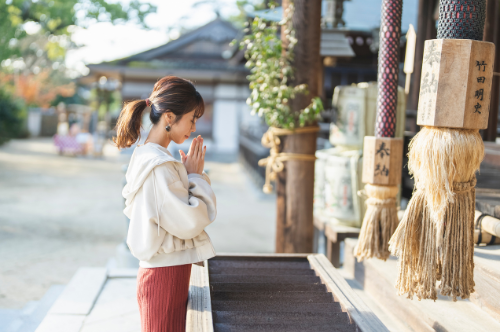
Hatsuyume (First Dream of the New Year)
“Hatsuyume” refers to the first dream of the new year. In Japan, there is a proverb, “Ichi Fuji Ni Taka San Nasubi” meaning it is good luck to dream of Mt. Fuji, a hawk, and an eggplant on New Year’s Day.
In addition to Hatsuyume, there are many other Japanese words with “Hatsu” in them: Hatsumode (first visit to a shrine for the first time this year), Hatsuhidenode (first sunrise on the New Year’s Day), and Hatsuwarai (first laugh), which means laughing for the first time this year.
The word “Kakizome” is used for writing characters with ink and a brush at the beginning of the year, but it is read as “Kakizome” instead of “Kakihatume” (How difficult it is read Kanji!).
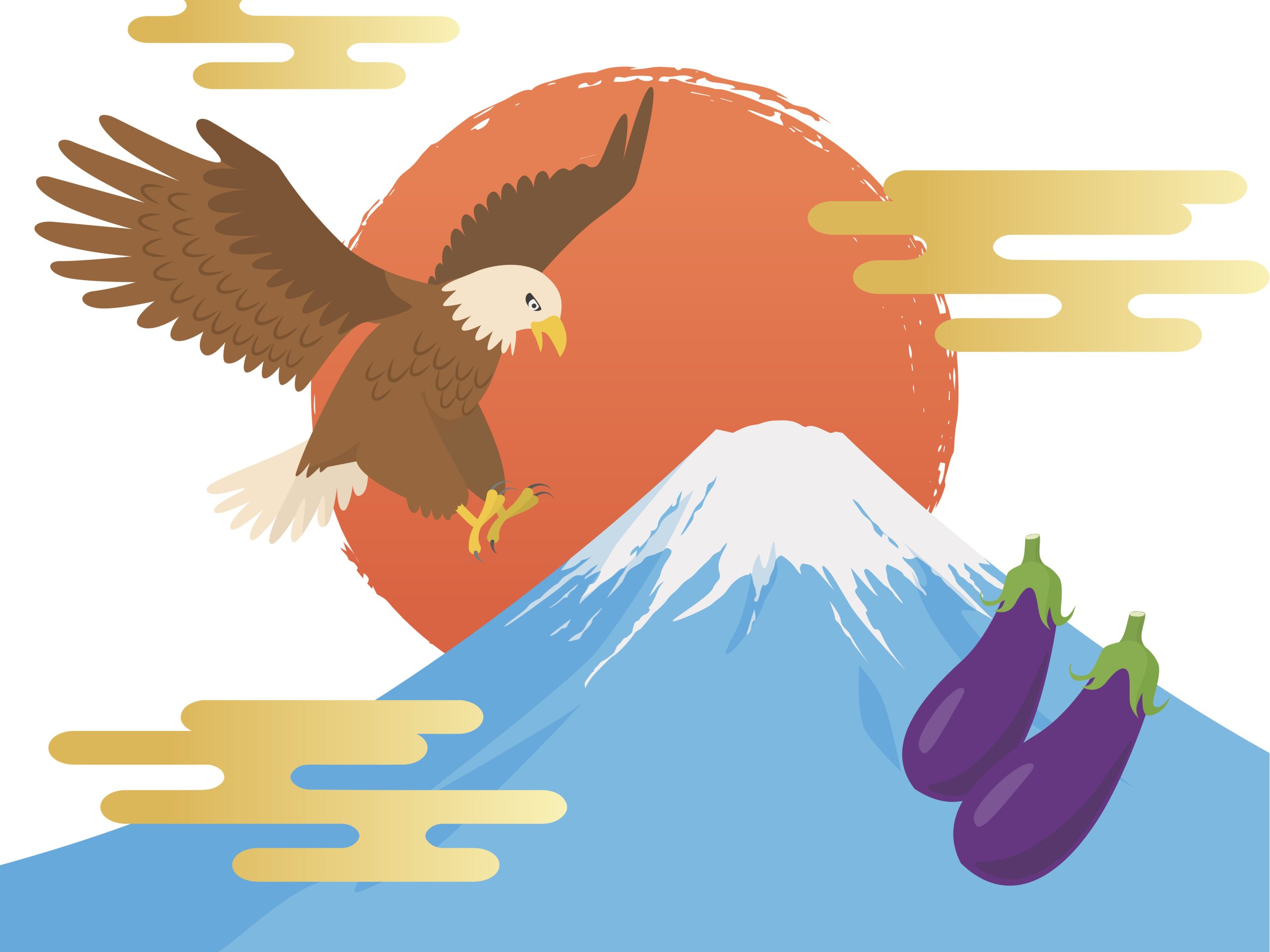
New Year’s Foods
Osechi
Osechi is a special dish that Japanese people eat during the New Year. It has long been known as a festive dish eaten during “Sanganichi” (the three days from January 1 to January 3). As shown in the photo, boxes called “Jubako” are stacked and filled with many kinds of food little by little. Another characteristic of Osechi is that each dish has its own meaning. We will post about the meaning of Osechi at a later date, so please look forward to it!
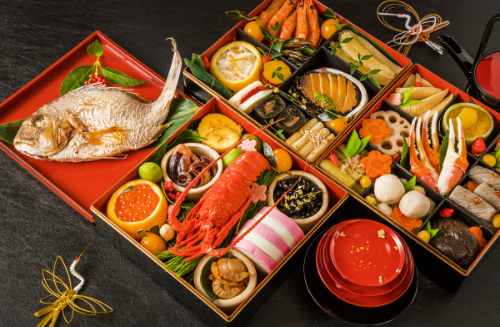
Ozoni (Zoni)
In addition to Osechi, there is also a custom of eating Ozoni, a soup with rice cake in it, during the New Year. The history of Ozoni dates back to the Heian era (710-1192). It is said to have originated on New Year’s Day, when rice cake was stewed with taro, carrots, and radish in water drawn from a well for the first time in the year. This Ozoni also varies from region to region and from household to household. For example, in the Kanto region, square slices of rice cake are often put in the soup, while in the Kansai region, round rice cake is often put in the soup. The soup may be white miso paste, clear soup, or sweet soup with red beans, depending on the region.
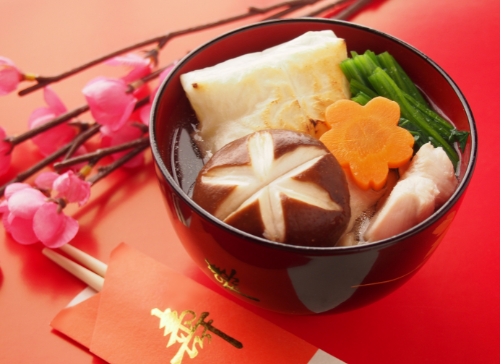
Kagamimochi
The last one is Kagamimochi. Kagamimochi is one of the New Year’s decorations as shown in the photo, but it is not just a decoration; it is a rice cake that can be eaten.
In Japan, there is a custom of welcoming the “Toshigami-sama” (God of the New Year), who brings a bountiful harvest and a peaceful life for the family in the new year. Kagamimochi is one of the offerings for this purpose. The New Year God arrives on the first day of the year (January 1) and leaves on the January 11. After seeing off the New Year God, people eat Kagamimochi, which was offered to the God, in order to share his spiritual power.
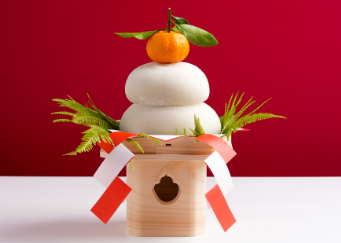
This is called “Kagamibiraki,” the day on which we see off the New Year’s gods. Kagamibiraki is the day to see off the New Year’s gods, and is called “Kagami-biraki.” Kagamimochi that have been offered for a long time become hard, and must be broken by hammering them before eating. However, “breaking” is not an auspicious word, so the word “h(b)iraki” (opening) is used instead, which is more auspicious.
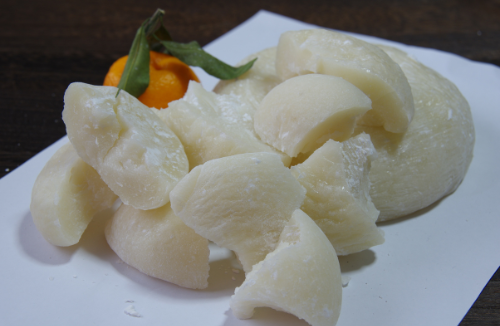
New Year’s is a Time of Determination to Start Something New.
As mentioned in the “Hatsuyume” section, there is a traditional Japanese New Year’s event called “Kakizome” (the first writing of the New Year). Kakizome began as an administrative document written to the emperor in the Heian era (794-1185), and later became a New Year’s event held on January 2. Nowadays, it is also a winter vacation homework assignment for elementary and junior high school students.
As the first calligraphy of the year is meant to renew one’s spirit by writing down one’s goals for the year, New Year’s is the perfect time to set goals for the new year and make resolutions to start something new.
If you want to start something new in this year, if you are interested in Japanese but have not started studying yet, or if you would like to take Japanese lessons but are not sure, why not take this opportunity to start? It takes courage to start something new, but I am sure it will be a positive experience for all of you!
And I will be very happy if you start learning Japanese with SuraPera.
See you again in my next post!

